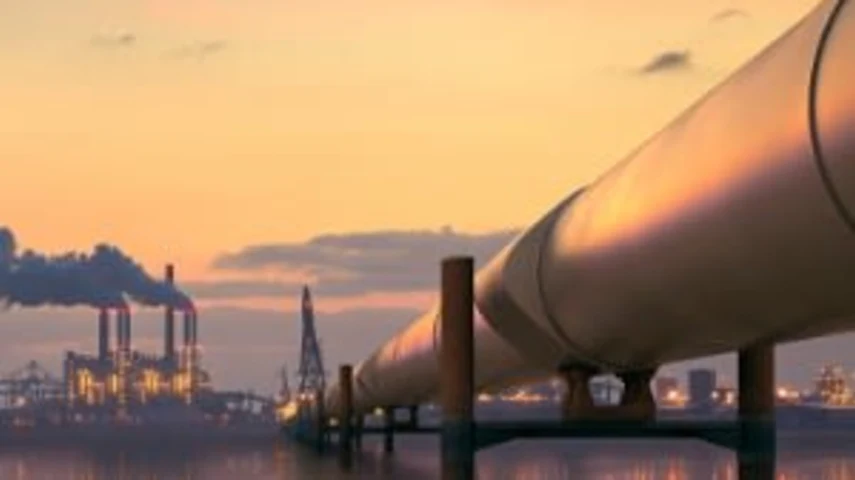Are central banks behind the curve?



The likelihood of an oil shock and rate hikes triggering a global recession has increased and is now “reasonably large”, according to Robeco.
Speaking at a media briefing, Robeco’s client portfolio manager, global credits, Erik Keller, examined whether central banks needed to make additional hikes to tackle inflation by examining the global economy through fundamental, technical and valuation perspectives.
“Now obviously, we see that with the Ukraine conflict and the resulting spike in energy prices, in agricultural food prices, that risks to inflation has increased to the upside. And in that sense… the fundamental outlook has deteriorated,” he said.
Keller said valuations had improved since Robeco’s Q1 credit report, with rising yields and corporate spreads, but that a number of tail risks had not yet been priced in.
“One of these theories could be a much stronger stagflationary scenario, the combination of high inflation in a recession basically.”
From a technical perspective, Keller said the global economy was entering a different monetary regime where some central banks, such as the Fed, were becoming less accommodative by stopping quantitative easing and tightening policy.
In Robeco’s view, the Fed had made a clear policy mistake by starting this tightening cycle too late with the key risk being higher-than-anticipated hikes in the coming months, and inflation that not only would last longer but would peak out at higher levels.
Looking at the US economy, Keller said the US could see a hard landing and recession in the next few years, if the Fed tightened further following inflation settling at 4% in the midterm, despite healthy wage growth.
According to Robeco, the European economy would be hit hard by this crisis with Europe already facing supply chain issues being highly dependent on energy from Russia, besides agricultural commodities from Ukraine.
And in China, Keller said the higher commodity prices would negatively impact on its growth outlook as China was a big importer, and that more debt would not help in meeting Beijing’s 5.5% growth target.
“Oil shocks tend to be met with a tighter central bank policy response, and oil shocks as well as sustained rate tightening cycles historically precede recessions. The risks to growth are especially acute when oil shocks are exogeneous supply-side events instead of demand-side shocks: the odds are not looking very good.”
“Further, since central banks have provided vast amounts of liquidity, one should not be surprised that the withdrawal of liquidity leads to more volatility. This is a very awkward time for central banks to be withdrawing liquidity, but inflation once again leaves them with little alternative.”
Recommended for you
Ten Cap has announced it will launch its first active ETF on the ASX later this month, expanding retail access to its flagship Australian equities strategy.
Flows into cash and fixed income ETFs rose by 46 per cent in October with investors particularly demonstrating a preference for Australian credit ETFs as they move away from AT1 bank hybrids.
Having identified Australia as a growth market, J.P. Morgan Asset Management has collaborated with Betashares to offer two multi-asset managed portfolios on its Direct platform, the first funds on the platform from an external manager.
First Sentier has announced it will transition the Stewart Investors investment management responsibilities to its affiliate investment team in light of three senior portfolio manager exits.











